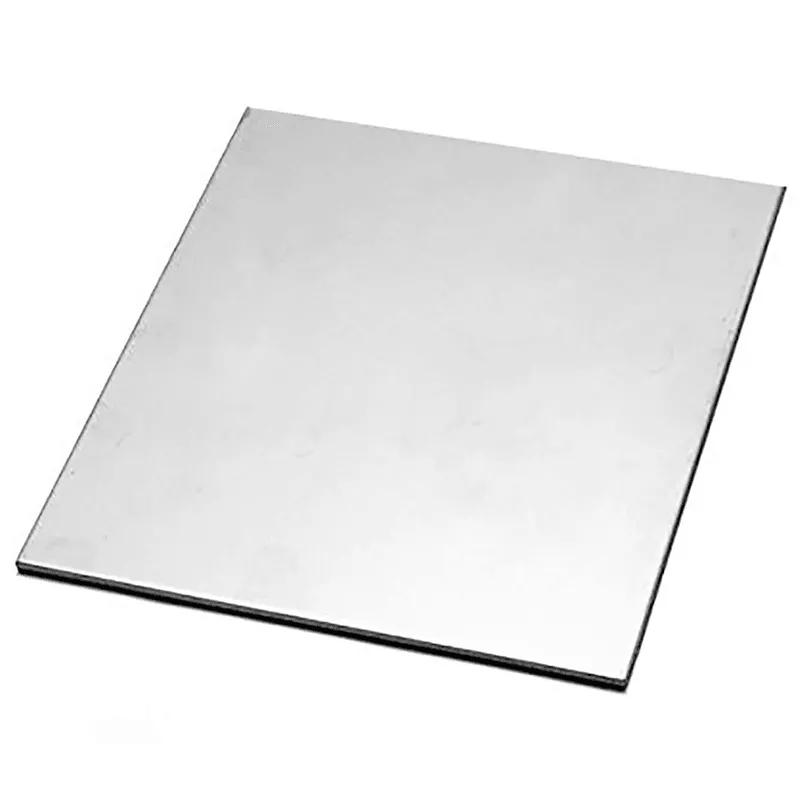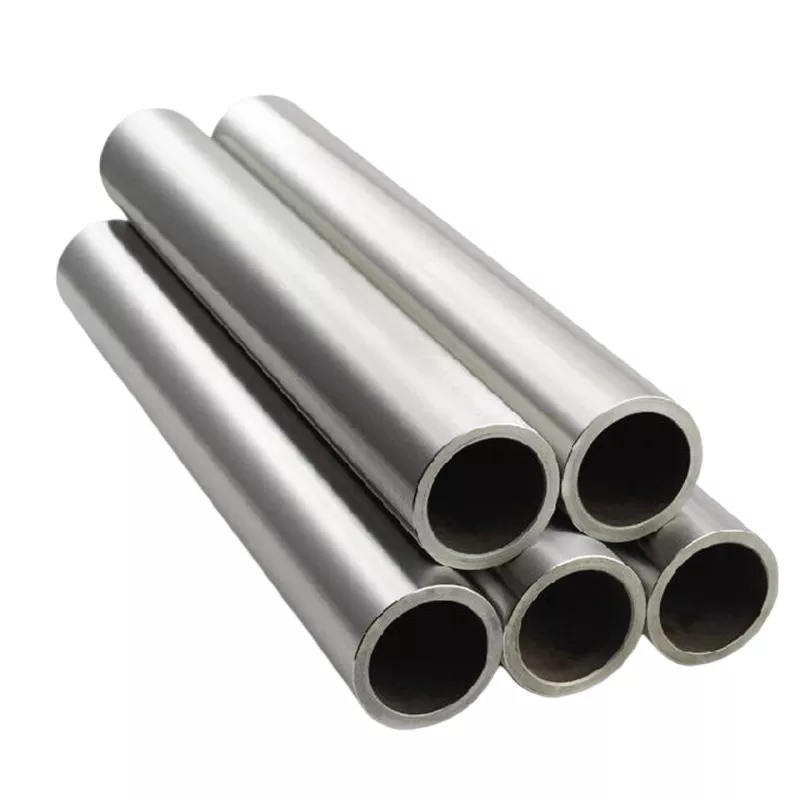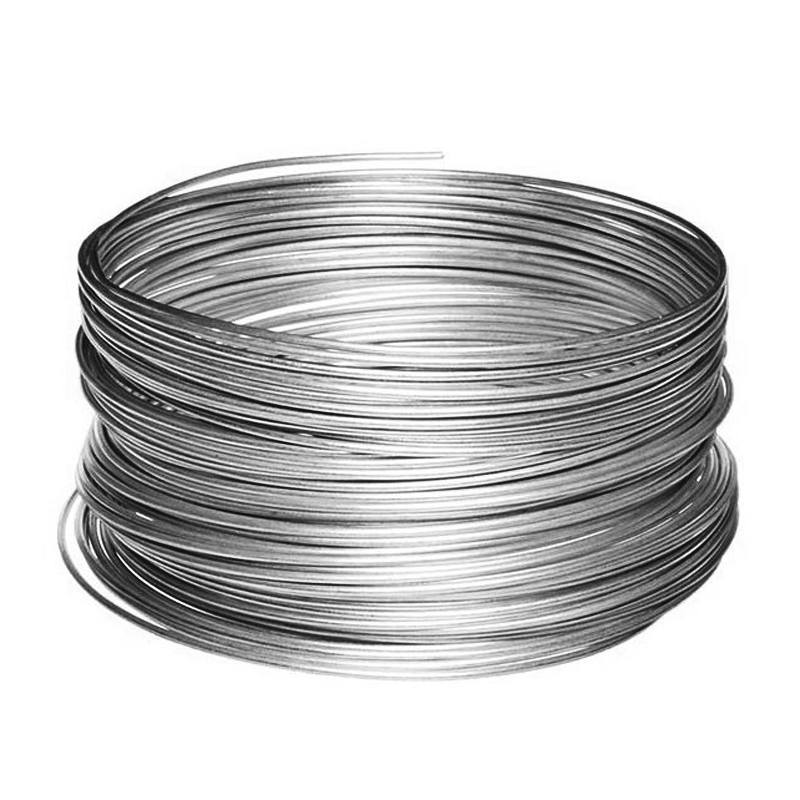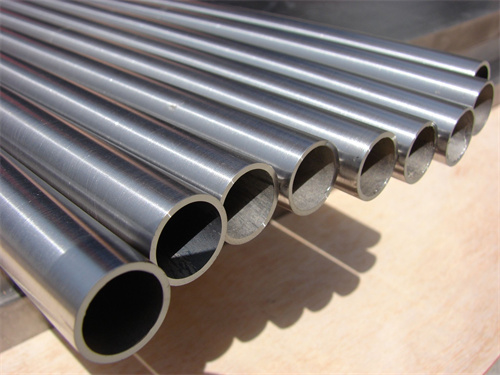Titanium has a small specific density (density of 4.5g/cm3 ), high strength, good resistance to high and low temperature performance, in the wet chlorine gas has excellent resistance to cracking and corrosion resistance. Titanium tubing ‘s mechanical properties and welding and the purity of titanium materials, the higher the purity, the better the performance, the lower the purity, the plasticity and toughness of a sharp decline, the worse the welding performance.
Because titanium plate, titanium rod, titanium tubing has special physical and chemical properties, so its welding process and other metals are very different. Titanium weld is through the inert argon gas on the welding zone for effective protection of the TiG welding process, argon gas in the use of the bottle before checking the factory certificate to verify the purity of argon gas indicators, and then check the bottle valve for leakage or malfunction.
Titanium plate and titanium bar welding must ensure that:
(1) the welding zone metal at 250 ℃ or more from the active gas N, 0, H and harmful impurity elements C, Fe, Mn and other pollution.
(2) Argon: industrial grade 1 pure argon, purity shall not be less than 99.98%, water content is less than 50Mg/m3.
(3) Can not form coarse crystal organization.
(4) Can not produce large welding residual stress and residual deformation. Therefore, the welding process shall be in accordance with the predetermined construction sequence, in strict accordance with the process quality management standards, the implementation of the whole process of quality control. So that people, machines, materials, law factors are in a good state of control, so that in a reasonable period of time, to ensure the welding quality of titanium tubes.
Titanium welding equipment and materials:
Welding machine: DC TiG welding machine is used. Welding machine should ensure excellent working characteristics and adjustment characteristics, and at the same time equipped with a complete ammeter and voltmeter.
Torch: QS a 75 ° / 500 type water-cooled TiG welding torch. Torch should have a simple structure, lightweight and durable, tight gun body, good insulation, stable gas flow, clamping tungsten hold firm, suitable for a variety of position welding characteristics.
Argon gas conveying tube; the use of semi-rigid plastic tubes, should not use rubber hoses and other moisture-absorbing materials. The use should be dedicated, not with the delivery of other gases in the tube with each other. Argon gas pipe should not be too long, so as not to cause too large a pressure drop in the gas flow instability, generally no more than 30m.
Welding fixture: austenitic stainless steel or copper pipe karan, locking bolts and other groups of titanium plates and fittings. Should ensure that the titanium plate and fittings have a certain clamping force to ensure that the axis is consistent, the gap is uniform and appropriate.
Auxiliary equipment and tools: argon protective shield, grinding machine, special file, stainless steel wire brush.
Titanium welding wire: wire grade ERTi-2, the choice of wire should meet the following requirements:
(1) the chemical composition and mechanical properties of the wire should be equivalent to the base material;
(2) If the weldment requires a high degree of plasticity, the wire with a higher purity than the base material should be used. Welding wire before use should be material re-examination, check the factory certificate and quality certificate; wire surface should be clean, no oxidation color, no cracks, skinning, scarring and slag and other defects.
What do you need to pay attention to in titanium tubes welding?
1. Porosity problems
In the case of welding titanium and titanium alloys, it is common to notice the appearance of aggregate porosity around the weld line after passing the RT of the weld. The focus of the porosity is on the hydrogen pores, because the solubility of hydrogen in titanium decreases in response to the increase in temperature, and the high temperature around the fusion line during welding will cause hydrogen to be dissolved. If the partial pressure of hydrogen in the atmosphere near the welding zone is high, the hydrogen in the molten metal will not be easy to precipitate, so it will accumulate into hydrogen pores.
2. Crack problem
When welding titanium base materials, because the material contains less sulfur and phosphorus impurities, thermal cracks are less likely to occur. However, when welding titanium, there is a high risk of cold cracks and delays. The key is that the thermal conductivity of titanium is very poor, and the heat loss is slow, which can easily cause coarse weld grains. When the gas impurity content is high, the plasticity of the welded joint decreases, and hydrogen embrittlement occurs when a lot of hydrogen is dissolved in the weld.
3. Gas protection
Because of the high requirements for the purity of the gas in the welding process, we use high-purity argon, which needs to be protected by the base metal of the melt pool, the heat-affected zone and the 10 mm zone outside the fusion line on both sides. For this purpose, gas protection equipment should be developed, and argon chamber equipment should be used to protect the pipeline.







